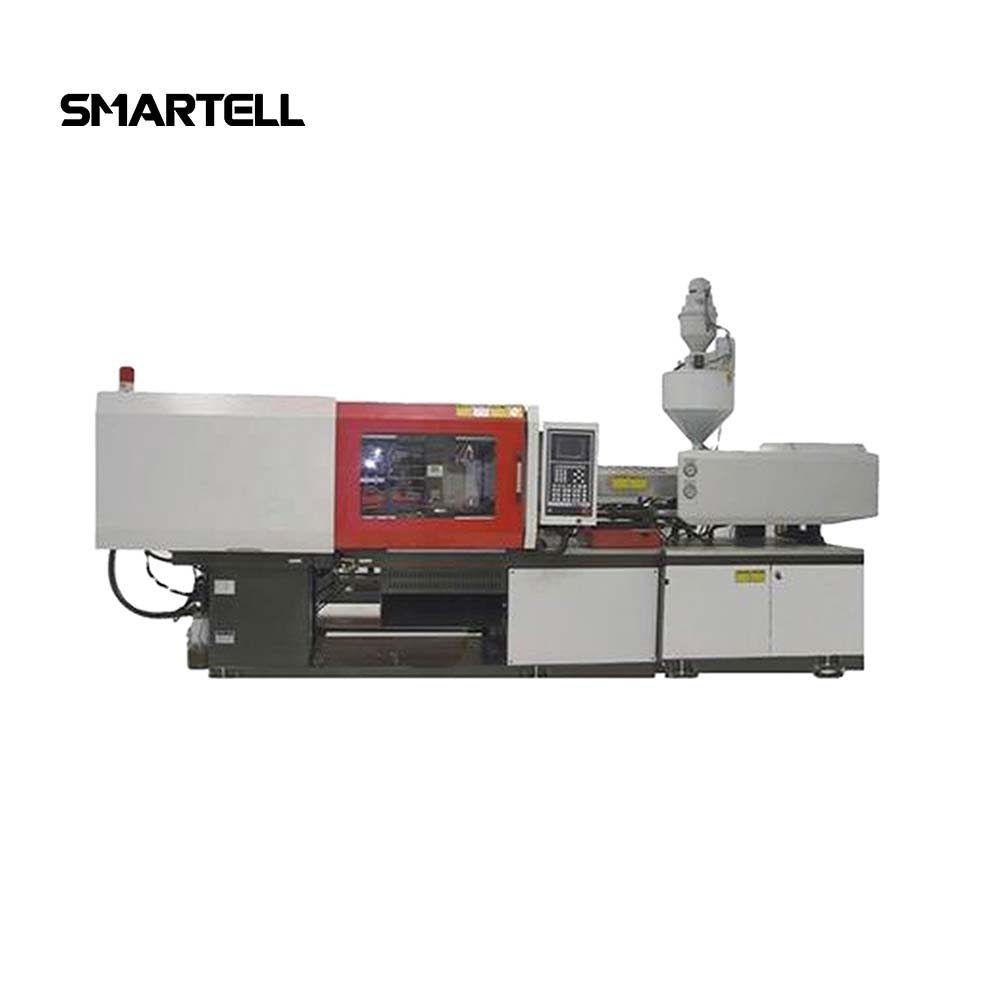Unveiling the Mold: Exploring the World of Injection Molders”
Welcome to the world of injection molders, where precision meets creativity in the manufacturing industry. Injection molders are the unsung heroes behind the production of countless items we use daily, from the plastic casing of electronic devices to the intricate components of automotive parts. These versatile machines play a pivotal role in bringing designs to life through the injection molding process.
Crafted with meticulous engineering, injection molder s are specialized machines that inject molten raw materials into a mold cavity to create a desired shape. The process involves high pressure and precise control, allowing manufacturers to replicate intricate designs with consistency and efficiency. Injection molders have revolutionized the manufacturing landscape by enabling mass production of items with complex geometries, making them a cornerstone of modern production lines.

Types of Injection Molding Processes
The injection molding process involves several types, each suitable for different applications. One common method is known as conventional injection molding. This traditional approach uses a reciprocating screw to melt the plastic material before injecting it into the mold cavity under high pressure.
Another type is insert molding, which allows for the integration of other components or materials into the final product during the molding process. This technique is useful for creating parts with added strength or functionality by incorporating metal inserts, for example.
Overmolding is a process where two or more materials are combined to create a single finished product. This method is often used to add a soft-touch grip to handles or to encapsulate electronics for added protection.
Key Components of an Injection Molding Machine
First, let's explore the Injection Unit. This is where the molten material is prepared and injected into the mold. It consists of the hopper, barrel, and screw that work together to melt and push the material into the mold cavity.
Next, we have the Clamping Unit, which is responsible for holding the mold together and opening/closing it during the injection process. It consists of the mold, clamping mechanism, and the hydraulic system that provides the force needed to keep the mold closed.
Lastly, we have the Control System. This is like the brain of the injection molding machine, overseeing and managing the entire process. It controls factors like temperature, pressure, and timing to ensure the production of high-quality molded parts.
Common Applications of Injection Molding
In the world of injection molding, common applications span across various industries such as automotive, consumer goods, and electronics. Manufacturers in the automotive sector rely on injection molding for producing precision components like dashboards, bumpers, and interior trims.
Consumer goods benefit greatly from injection molding techniques, with products ranging from household items like containers, bottle caps, and toys to more sophisticated items such as kitchen utensils and furniture components. Injection molding enables mass production at high speeds, making it a cost-effective choice for consumer goods manufacturers.
The electronics industry finds injection molding indispensable for producing intricate parts like casings, connectors, and switches. The process allows for the creation of complex shapes with precise dimensions, meeting the stringent requirements of electronic devices.